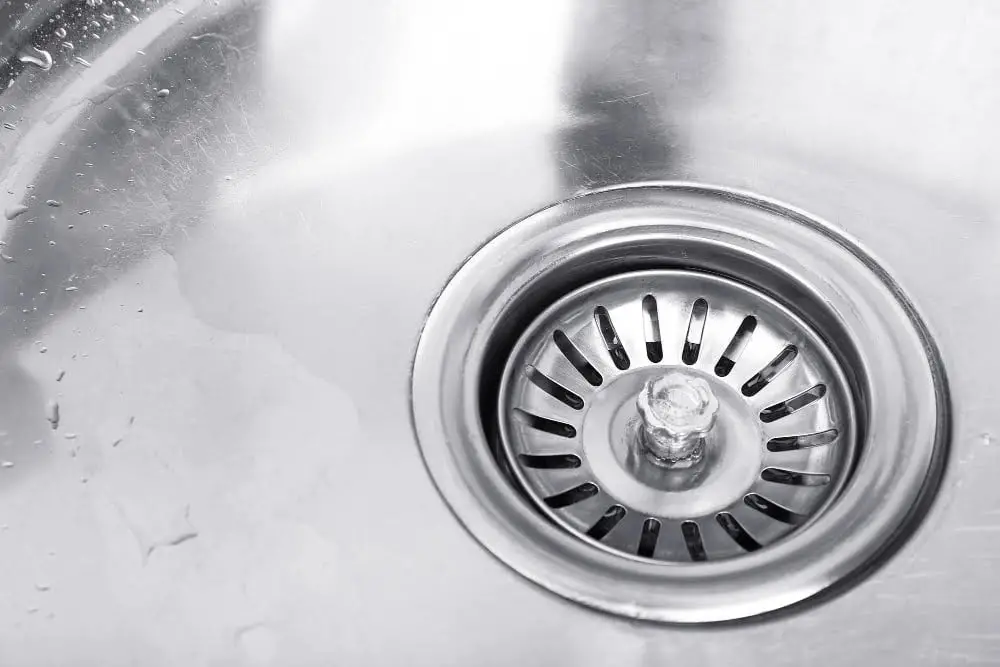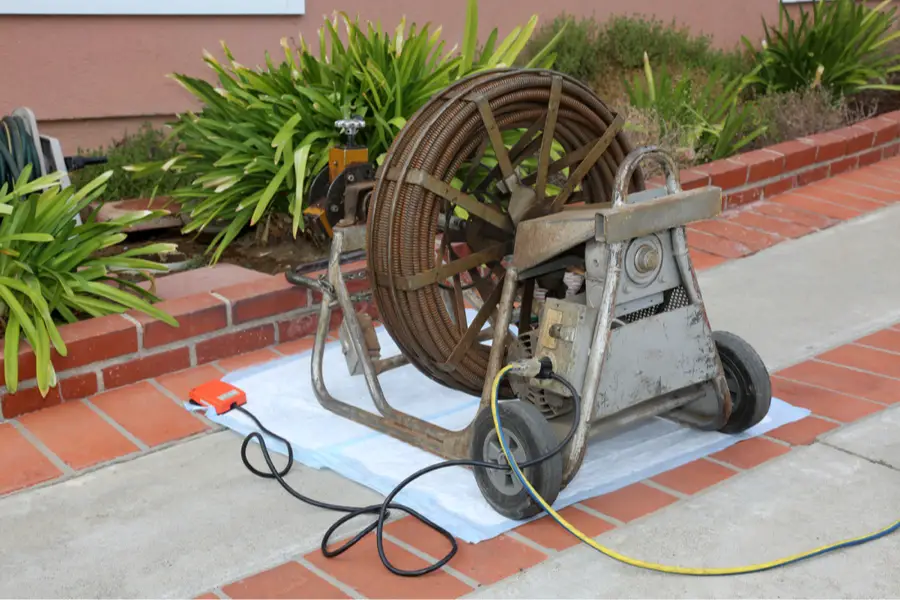Last updated on
To determine the size of a plumbing snake needed, consider factors such as pipe diameter, clog location and severity. Common sizes include 1/4-inch for small household drains and up to 3/4-inch for main sewer lines.
Do you have a clogged drain that just won’t budge no matter how much drain cleaner you pour down it? It might be time to bring in the big guns – a plumbing snake. But before you rush out and buy the first one you see, it’s important to know what size plumbing snake is right for your needs.
Using the wrong size could make matters worse or even damage your pipes. In this article, we’ll guide you through everything you need to know about choosing the right size plumbing snake for your home’s needs.
So sit back, grab a cup of coffee, and let’s dive in!
Key takeaways:
- Consider pipe diameter when choosing a plumbing snake
- Smaller snakes (1/4 inch) work well on small household drains
- Larger snakes (up to 3/4 inch) may be needed for main sewer lines or commercial use
- Choose an appropriate length based on severity of blockage
- Residential snakes for home use, commercial snakes for heavy-duty jobs
Table of Contents
Plumbing Snake Sizes

When it comes to plumbing snakes, size matters. The right size snake will effectively clear your clog without causing damage to your pipes.
So how do you determine what size plumbing snake you need? First, consider the diameter of the pipe that needs clearing. For small household drains such as sinks and showers, a 1/4-inch or 5/16-inch snake is typically sufficient.
However, for larger pipes like main sewer lines or commercial applications, a larger diameter may be necessary – up to 3/4 inches in some cases.
It’s important not only to choose the right diameter but also the appropriate length of cable for your specific situation. A longer cable can reach further down into pipes and tackle more severe blockages while shorter cables are better suited for smaller jobs.
Key takeaways:
- Consider pipe diameter when choosing a plumbing snake
- Smaller snakes (1/4 inch) work well on small household drains
- Larger snakes (up to 3/4 inch) may be needed for main sewer lines or commercial use
- Choose an appropriate length based on severity of blockage
Drain Types & Sizes

Different types of drains require different sizes and styles of snakes. For example, a small sink or shower drain will typically only need a 1/4-inch snake, while larger main sewer lines may require up to a 3/4-inch snake.
It’s also important to consider the material your pipes are made from when selecting a plumbing snake. Older homes may have cast iron pipes that can be damaged by certain types of snakes or cleaning methods.
Commercial properties often have larger diameter pipes than residential properties due to higher usage rates. This means that commercial-grade plumbing snakes are needed for these applications.
Residential vs. Commercial Use
Residential snakes are designed for use in smaller pipes and drains found in homes, while commercial models are built for larger pipes and more heavy-duty use.
If you’re dealing with a clogged drain at home, chances are that a residential snake will do the job just fine. These models typically have thinner cables and shorter lengths than their commercial counterparts but can still handle most common household clogs.
On the other hand, if you own or manage a business with large-scale plumbing needs such as restaurants or hotels where multiple people may be using facilities simultaneously then investing in an industrial-strength plumbing snake might be necessary. Commercial snakes come equipped with thicker cables that can handle tougher blockages like grease buildup from cooking oils which tend to accumulate over time.
Manual vs. Powered Snakes

Manual snakes are operated by hand, while powered ones use electricity or gas power. Manual snakes are typically less expensive and easier to maneuver in tight spaces, but they require more physical effort on the part of the user.
Powered snakes can be faster and more efficient for larger jobs or tougher clogs but may be too powerful for delicate pipes.
Consider your needs carefully before making a decision between manual vs powered plumbing snake options. If you’re dealing with small household drains that only need occasional maintenance, a manual option might suffice.
However, if you have large commercial pipes or frequent clogs that require heavy-duty cleaning power regularly – then investing in an electric-powered model could save time and money over the long run.
Pipe Diameter Considerations

The diameter of your pipes will determine what size snake you need in order to effectively clear any clogs. For smaller household drains such as sinks and showers, a 1/4-inch or 3/8-inch snake should suffice.
However, for larger main sewer lines with a bigger diameter, you’ll need a much larger plumbing snake – up to 3/4 inches or more.
It’s also worth noting that some snakes are designed specifically for certain types of pipes – such as PVC or cast iron – so be sure to check the manufacturer’s recommendations before making your purchase.
If you’re unsure about the exact size of your pipes and don’t want to risk damaging them by using an incorrect-sized plumbing snake, it may be best to call in a professional plumber who can accurately assess your needs and provide expert advice on which type and size of drain cleaning tool would work best for clearing out those stubborn clogs once and for all!.





